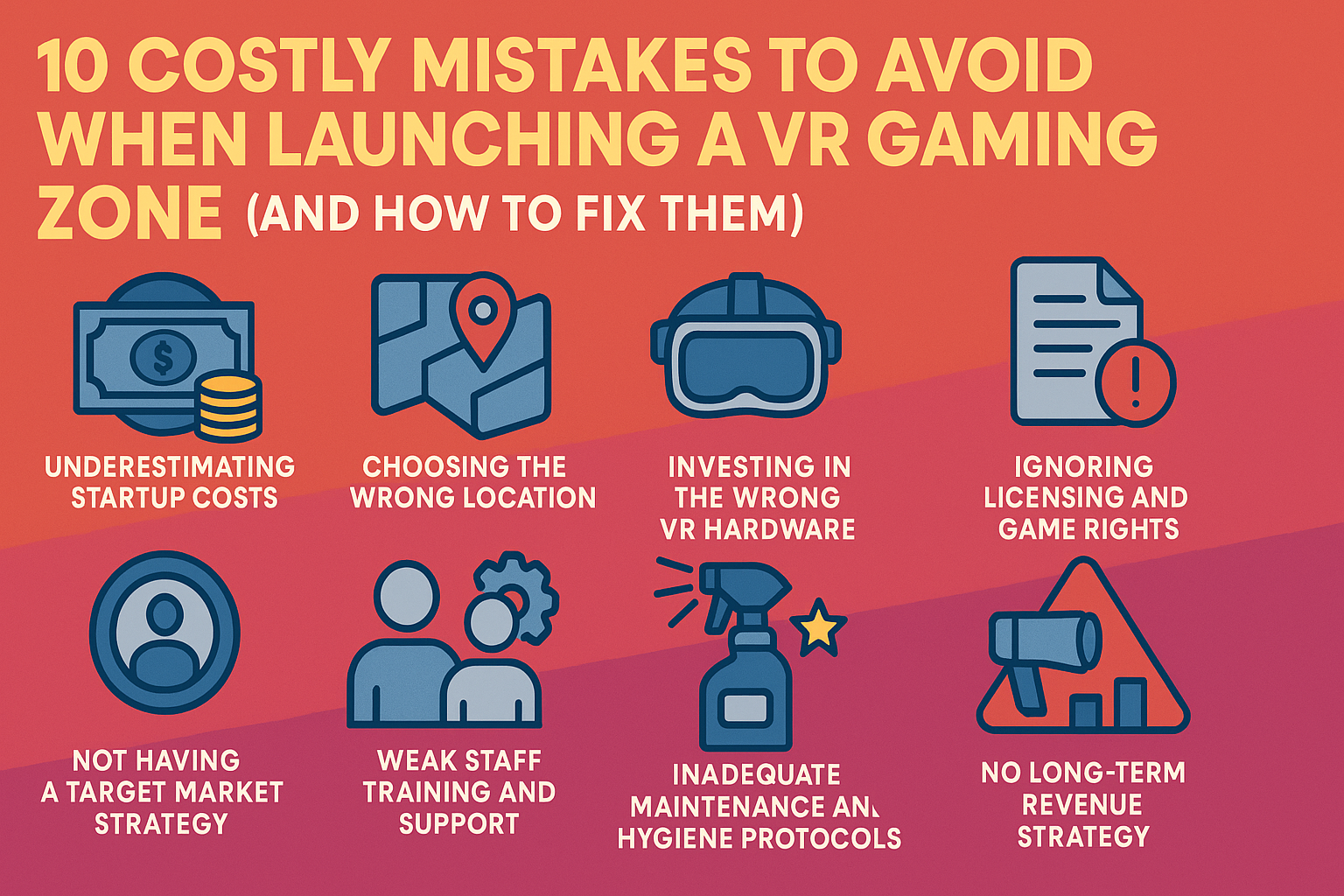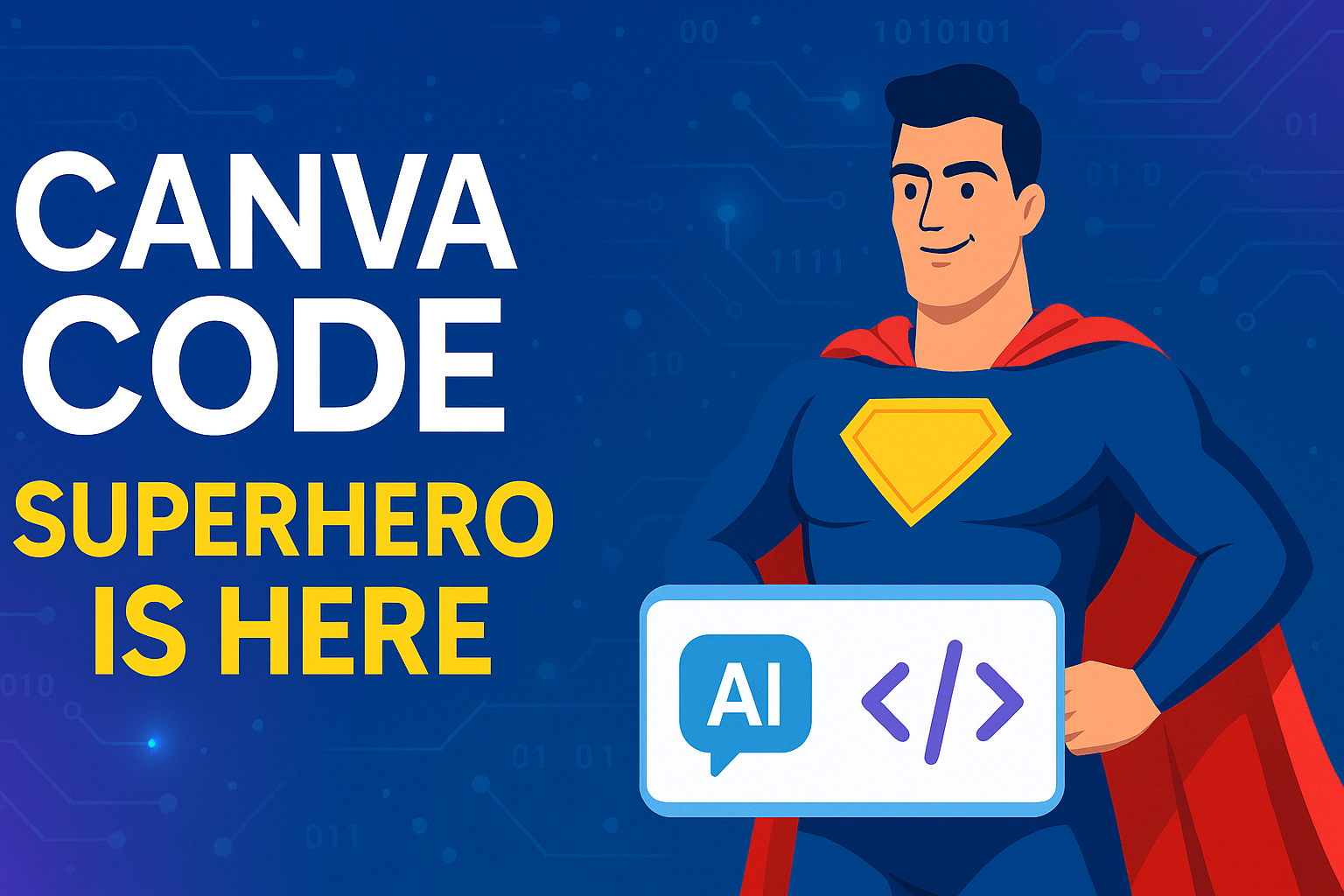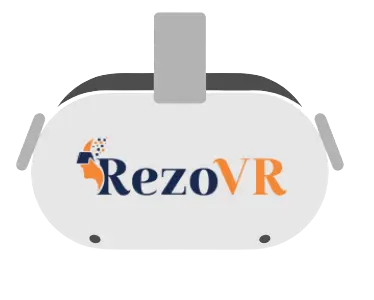Are you ready to explore the world of Augmented Reality (AR)? Discover the top software tools and platforms needed for creating top-notch Augmented Reality Apps in 2025. AR is changing fields like education, healthcare, and entertainment. Its growth in 2025 is huge. The right ar app development tools and ar development software 2025 are key for making AR apps that work well and are fun to use.


As augmented reality app development keeps getting better, picking the right software and platforms is vital. This ensures your AR apps stand out and meet user needs. With ar app development tools and ar development software 2025, you can make experiences that change how we interact with the world.
What You Will Learn
- AR is transforming various industries such as education, healthcare, and entertainment.
- The right AR app development tools and AR development software 2025 are crucial for developing engaging and functional AR apps.
- Augmented reality app development requires careful consideration of performance, user experience, and scalability.
- Choosing the right software and platforms is essential for creating competitive AR apps.
- AR development software 2025 can help you create immersive and interactive experiences.
- Staying ahead of the tech curve is vital for success in augmented reality app development.
Understanding the Evolution of Augmented Reality App Development
Augmented reality (AR) has made huge strides since it started. Big leaps in AR development platforms and ar sdks for 2025 have happened. Now, AR tech is better, thanks to new hardware and software. This means businesses can use AR to better engage customers, work more efficiently, and find new ways to make money.
The use of 3d modeling for AR apps has really pushed AR forward. Developers can now make 3D models that feel real and interactive. This is changing how we learn, get medical care, and enjoy entertainment, making everything more immersive and fun.
- Increased adoption of cloud services to support AR experiences
- Integration of artificial intelligence (AI) and machine learning (ML) to enable more sophisticated AR interactions
- Growing demand for AR-enabled devices and hardware
As AR keeps getting better, businesses need to keep up to grab new chances. By using AR development platforms and AR SDKs for 2025, companies can make cool AR experiences. These can help them attract more customers, make more money, and grow.
Core Development Platforms for AR Applications
Choosing the right platform is key when making augmented reality (AR) apps. The best software for AR apps greatly impacts the user experience. We’ll look at the main AR development platforms, like ARKit and ARCore, and their good and bad points.
Popular platforms include Unity, Unreal Engine, and Vuforia. They offer tools for creating detailed AR experiences. For instance, Unity is great for 2D and 3D games. Unreal Engine is known for its stunning graphics. Vuforia is best for AR which uses image recognition.
ARKit and ARCore have their own benefits and drawbacks. ARKit works only on iOS, while ARCore works on both iOS and Android. This makes ARCore better for reaching more people. Yet, ARKit is easier to use and performs well, making it a top pick for complex AR projects.


| Platform | Features | Compatibility |
|---|---|---|
| Unity | 2D and 3D game development, high-performance graphics | iOS, Android, Windows |
| Unreal Engine | High-performance graphics, physics-based rendering | iOS, Android, Windows |
| Vuforia | Image recognition and tracking, AR experiences | iOS, Android |
| ARKit | Exclusive to iOS devices, high-performance capabilities | iOS |
| ARCore | Available on Android and iOS devices, versatile option | Android, iOS |
In conclusion, picking the right AR platform depends on the project’s needs. Knowing each platform’s strengths and weaknesses helps developers make the best choice. This way, they can create AR experiences that are both engaging and enjoyable.
Essential Tools and Technologies for AR Creation
Creating immersive augmented reality (AR) experiences needs the right tools and technologies. 3d modeling for ar apps is a key part of AR development. It lets developers make high-quality 3D assets for AR apps. Software like Blender, Autodesk Maya, and Cinema 4D are often used for this.
These tools help create complex 3D models and animations. AI tools for AR development are also used to make AR experiences more sophisticated and interactive.
For building AR apps, frameworks like ARCore SDK, ARKit SDK, and Vuforia SDK are essential. They offer features and functionalities for immersive AR experiences. They also include cloud services for ar apps for scalable and secure infrastructure.
Some key tools and technologies for AR creation are:
- 3D modeling software: Blender, Autodesk Maya, Cinema 4D
- Development frameworks and SDKs: ARCore SDK, ARKit SDK, Vuforia SDK
- Integration tools and plugins: Unity, Unreal Engine
Cloud Infrastructure Requirements for AR Applications
Building AR apps needs the right cloud infrastructure. AR experiences create a lot of data. This data must be stored, processed, and computed well.
Developers must pick cloud services for AR apps that are scalable and reliable. They need to know about the software requirements for AR app development. This includes powerful servers and efficient data processing algorithms.
Key considerations for cloud infrastructure include data storage solutions for large amounts of data. Also, processing and computing requirements for smooth AR performance. And scalability considerations for handling more users.
Cloud services like Google Cloud, AWS, and Microsoft Azure meet these needs. They give developers the tools and resources for high-quality AR apps.


- Scalability and flexibility
- Cost-effectiveness
- Enhanced security and reliability
Using these benefits, developers can create innovative AR experiences. These experiences engage and delight users. They also ensure apps are reliable, secure, and scalable.
Conclusion: Future-Proofing Your AR Development Strategy
The world of augmented reality (AR) is changing fast. It’s key for developers to keep their AR app development plans up to date. By using the best AR platforms and tools like Unreal Engine, you can make amazing AR experiences for 2025 and later.
Looking ahead to 2025, AR apps will use more AI, advanced computer vision, and real-time rendering. Developers who use these new technologies will be ready to create top-notch AR apps. These apps will offer users a smooth, engaging experience.
To stay ahead, keep an eye on AR’s latest developments and keep learning. This way, you can make sure your development strategy is ready for the future. The future of AR is full of possibilities. Those who take on the challenge will help create the next big digital experiences.
FAQ
What are the essential software requirements for augmented reality app development in 2025?
For AR app development in 2025, you need strong 3D modeling and animation tools. Also, robust development frameworks and SDKs are key. Cloud-based infrastructure is important for data storage and processing. Unity, Unreal Engine, ARCore, and ARKit are top platforms for creating immersive AR experiences.
How is the evolution of augmented reality app development shaping the industry?
AR app development is changing many industries, like education and healthcare. It’s also changing entertainment and retail. Advances in hardware, software, and AI are driving this change.
Cloud services and 3D modeling are becoming more important. These trends are shaping AR development and opening up new business opportunities.
What are the core development platforms for augmented reality applications?
AR app development relies on ARKit, ARCore, Unity, and Unreal Engine. ARKit and ARCore offer device-specific features. Unity and Unreal Engine are game engines that support AR experiences on many platforms.
What are the essential tools and technologies for augmented reality content creation?
For creating AR content, you need 3D modeling and animation tools like Blender and Autodesk Maya. Development frameworks and SDKs, such as ARCore and ARKit, are also crucial. These tools help create high-quality 3D assets and integrate AR features.
What cloud infrastructure requirements are needed for augmented reality applications?
AR apps need strong cloud infrastructure for data handling. This includes efficient storage, powerful processing, and scalable services. Google Cloud, AWS, and Microsoft Azure are examples of cloud platforms that support AR app deployment and performance.
How can developers future-proof their augmented reality development strategy?
To stay ahead in AR development, developers should keep up with industry trends and technologies. Use top platforms like Unreal Engine and explore AI tools. Adapt to the need for cloud integration and scalability. This way, developers can create engaging AR experiences that meet user needs.








